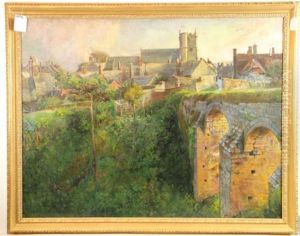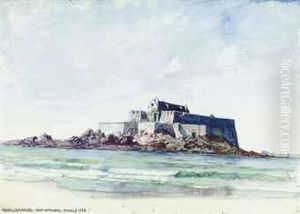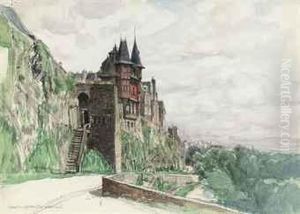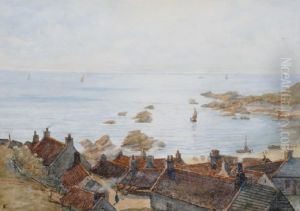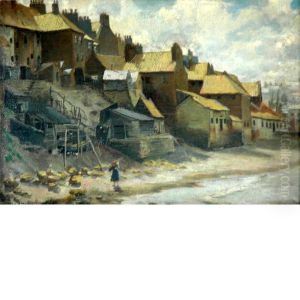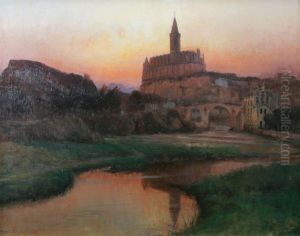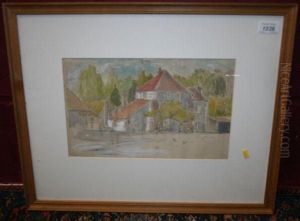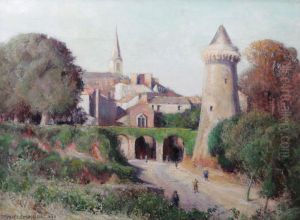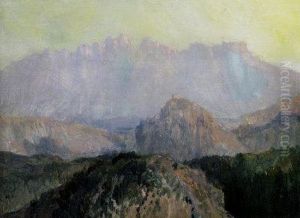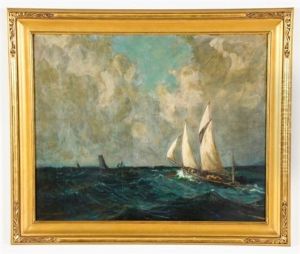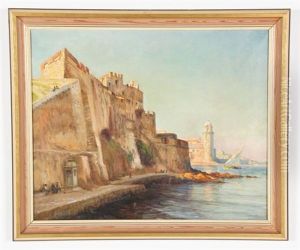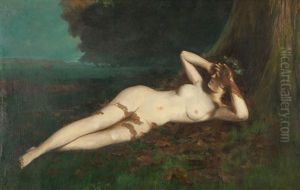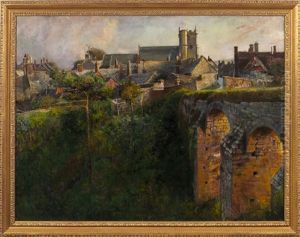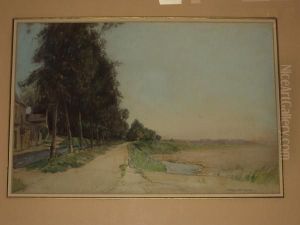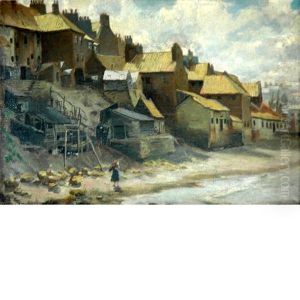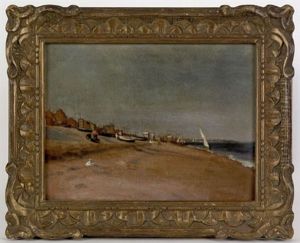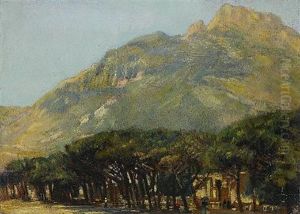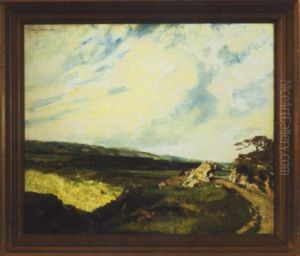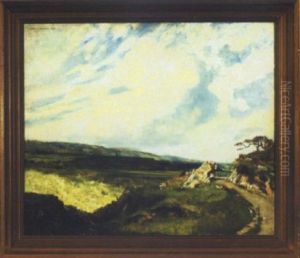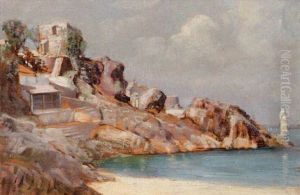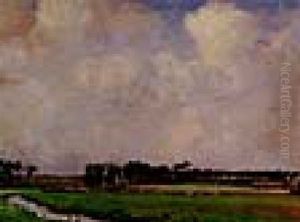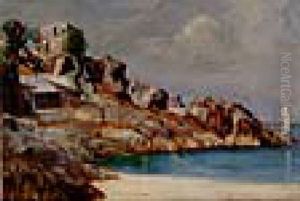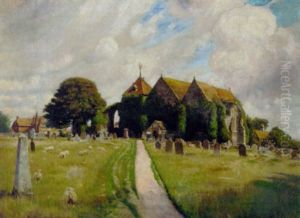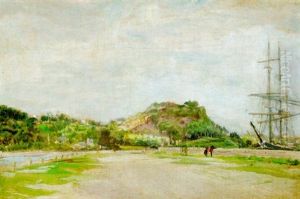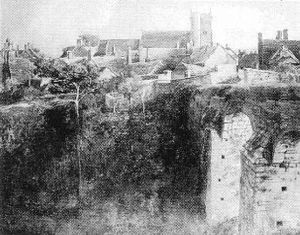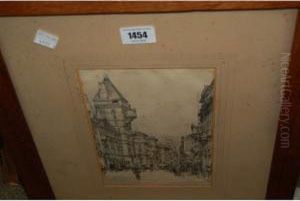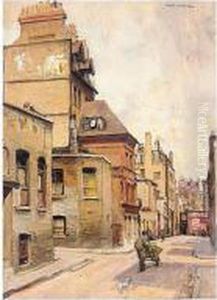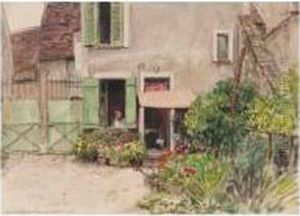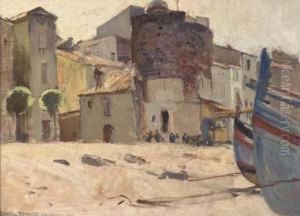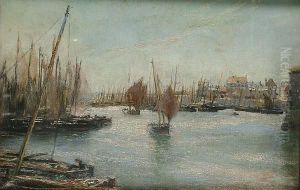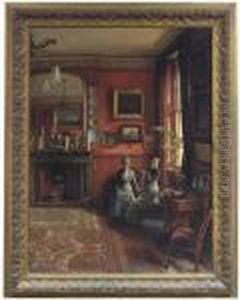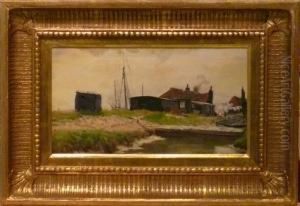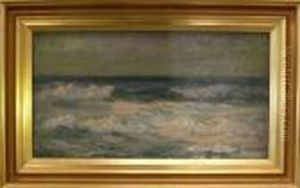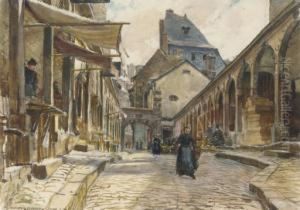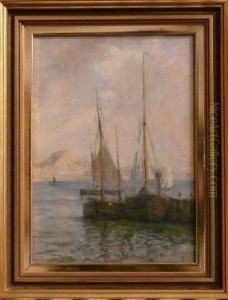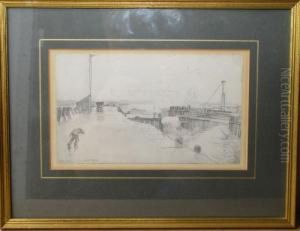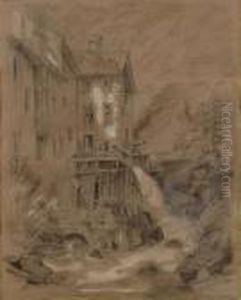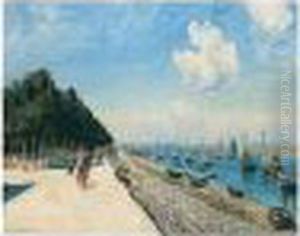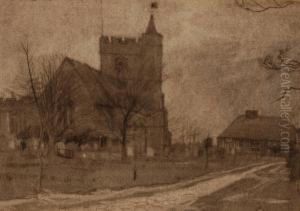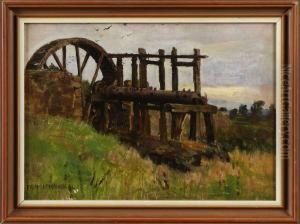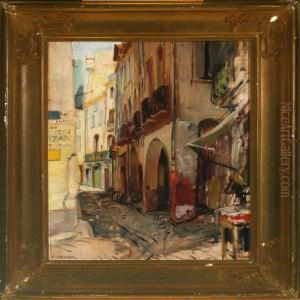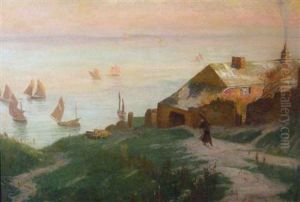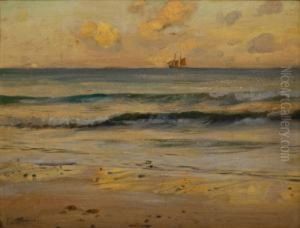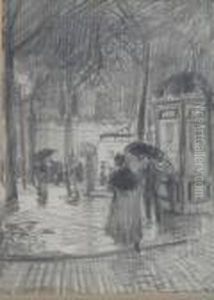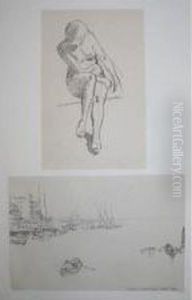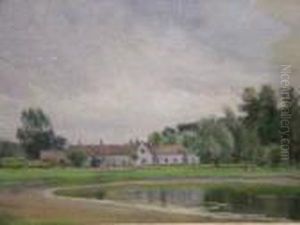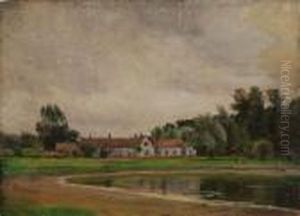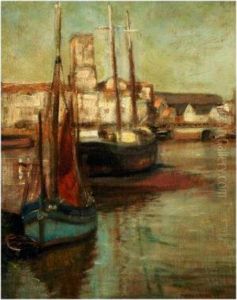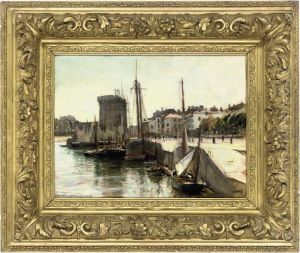Frank Lewis Emanuel Paintings
Frank Lewis Emanuel was an influential British artist, etcher, and teacher known for his contributions to the art world during the late 19th and early 20th centuries. Born on September 18, 1865, in London, Emanuel grew up in an era where the art scene was evolving rapidly, with new styles and movements emerging.
Emanuel studied at the Slade School of Fine Art in London, where he honed his skills and developed a keen interest in etching and printmaking. His education was complemented by his travels throughout Europe, which further influenced his artistic style. He was particularly captivated by the work of Rembrandt and Whistler, whose influences can be seen in his etchings and landscape paintings.
Throughout his career, Emanuel was dedicated to the craft of etching, pushing the boundaries of the medium. His works were characterized by a strong sense of realism and attention to detail, often reflecting the social conditions of his time. He was an active member of the artistic community, participating in various art societies, including the Royal Society of British Artists and the Society of Graphic Art.
Emanuel was also a passionate educator, believing in the importance of sharing his knowledge and skills with the next generation of artists. He taught at the Westminster School of Art and later at the London County Council School of Photo-Engraving and Lithography. His teaching had a significant impact on the students he mentored, many of whom went on to become successful artists in their own right.
In addition to his teaching, Emanuel authored books on art and etching, contributing to the theoretical and practical discourse on the subjects. His writings provided insights into his artistic philosophy and techniques, serving as valuable resources for other artists and students.
Frank Lewis Emanuel's legacy is preserved in the many etchings, paintings, and writings he left behind. His dedication to his craft and his role as an educator have made him a respected figure in the history of British art. He continued to work and inspire others until his death on June 14, 1948.
